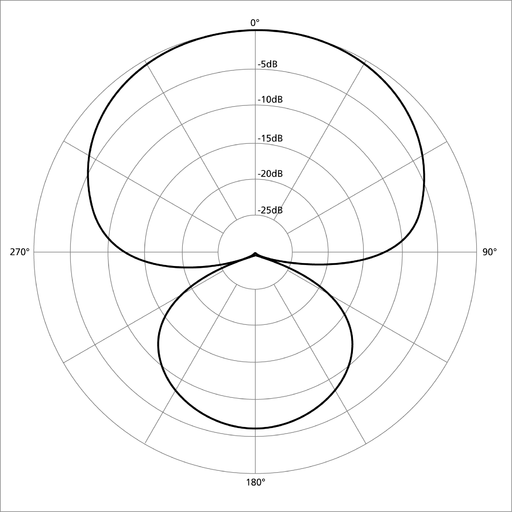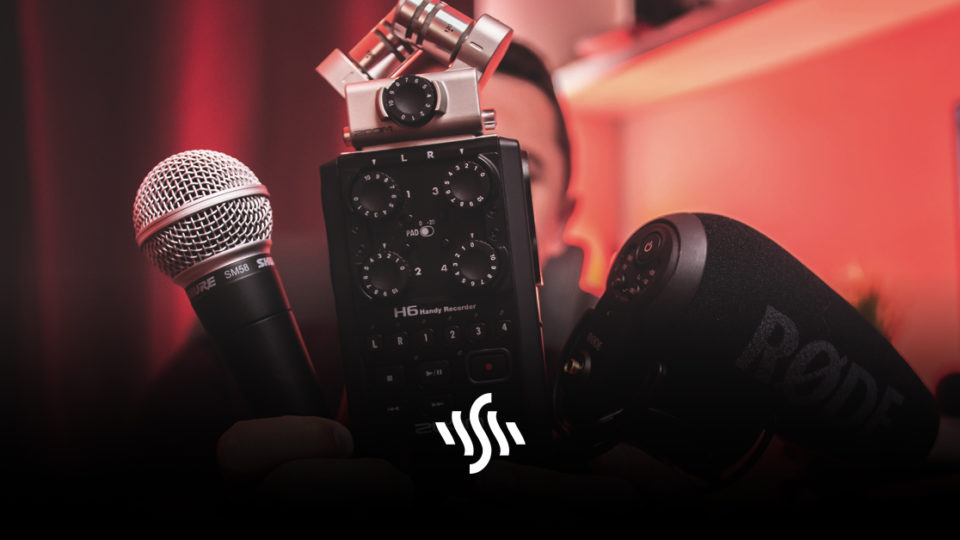Microphone Polar Patterns | What’s the Difference?
Microphone polar patterns might sound complicated. It’s an important but actually simple thing to consider. Let us walk you through it!
What is a Polar Pattern?
Polar patterns could sound a little like pretty drawings in the snow, but it really refers to a microphone’s directionality. This means the point at which a mic is most sensitive to sound, and where it picks up the most noise.
Why are Polar Patterns Important?
As soon as you’ve understood the different polar patterns and directionalities of microphones, you’ll be able to make informed decisions about which mic suits your needs. For instance, a lead singer of a raucous rock band will need a different mic for a live performance to a pair of podcast hosts sharing one mic.
Furthermore, you’ll also be able to adjust the set-up of your microphones to ensure the finest sound. Proper microphone placement can increase the quality of the sound you do want to pick up, whilst eliminating undesired sounds. This is a lifesaver when it comes to editing podcasts or recording a new track.
Different Microphone Polar Patterns
Cardioid
So named because the pattern looks like a heart (cardio), a cardioid mic is the most common of the directionalities. It is used to focus primarily on one sound source, reducing sound pick up from the sides and rear.
Hyper/Super-Cardioid

These are two separate patterns, and are variations on the cardioid pattern. The big difference between these and the regular cardioid is a tighter directionality at the front. Hyper and super-cardioid mics really hone in on the direct sound source. They also pick up an even smaller amount of sound from the sides and rear.
If you feel like having a go at recording your own SFX, a shotgun mic is your best bet. This is an example of an extreme directional mic, with a narrow pick-up area in the front. So, you can really aim and capture very specific sounds and be precise.
Omnidirectional
If cardioid means a heart shaped pattern, you can guess what omni hints at. Omnidirectional mics pick up sounds from all around. This sphere of sound results in a very natural and realistic recording. A lavalier mic is an example of this polar pattern. These are the microphones you often see field reporters wearing, attached to their collars or tops. They allow for movement of the head, without altering the levels of sound picked up or creating patchy audio.
Bidirectional
Often referred to as the “figure of eight” pattern, a bidirectional mic picks up sound from (drumroll, please) two points. Sound from the front and rear is picked up, but the sides are cancelled out. This results in a highly realistic recording, as it picks up the ambience of a space as well as the primary sound source. The Rode NTR Ribbon Mic is a great example of a bidirectional mic, and will provide excellent audio with fantastic detail and accuracy.
A microphone is an essential bit of kit for podcasting. Now you’ve grasped polar patterns, you can grab a great mic to record your voice, and start your own podcast. Don’t forget to add some awesome music to it, and choose a cracking podcast intro track.
Synchedin has a huge library of royalty free music you can use in all creative projects. Play all tracks for free, or get unlimited downloads for just $4.99 per month or $49.99 per year!
